Commercial Fire Alarm Systems
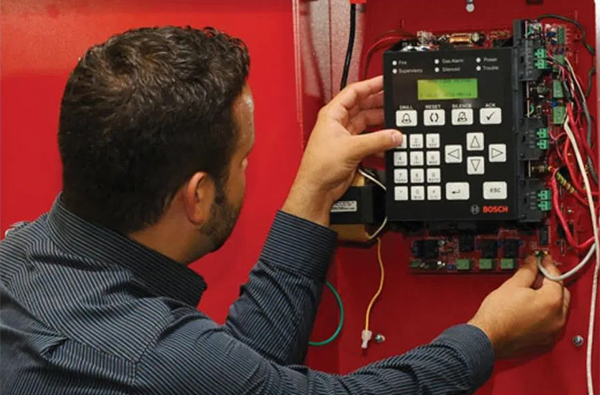
Fire alarm systems are at least an order of magnitude more challenging to understand than homeowner-type smoke alarms, even if individual smoke alarms within the home are wired together to work in concert. Fire alarm work must not be taken for granted because if a system should fail to respond to a smoke or heat event, humans could perish in a fiery inferno. The recent fire at a 24-story high-rise apartment building in London demonstrates how quickly a fire can spread- and its deadly consequences. To ensure their reliability, fire alarm systems must be installed, maintained & regularly tested by trained technicians according to the fire code. This is why we have training every 2-weeks for our personnel.
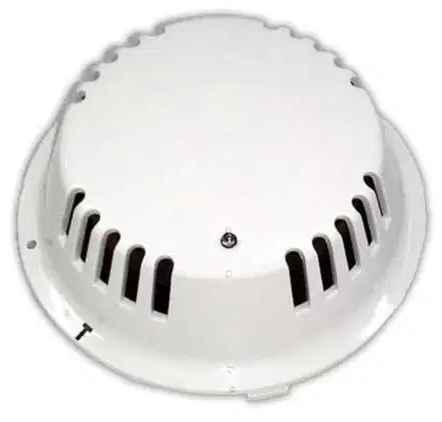
The fire alarm control panel is the heart of the system. This is where technicians program and interact with initiating devices such as smoke and heat detectors and indicating appliances such as remote annunciators, and horn/strobe devices.
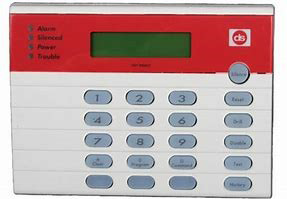
If the control panel is located in an office or maintenance center, building management can quickly respond to alarm or trouble signals, but additional annunciator panels may be required in location (s) accessible to emergency responders. The purpose of an annunciator panel is to allow the emergency responders to quickly identify the location of the fire and provide information on the status of any interconnected fire safety systems.
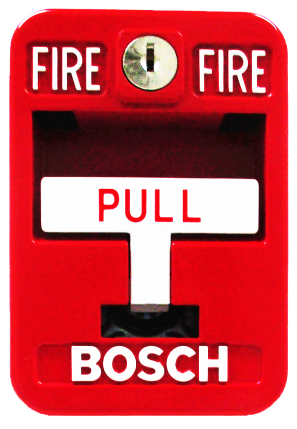
The control panel contains a central processing unit, a readout that displays the system status (normal, trouble, or alarm), and responds to queries and programming instructions entered on a keypad (*if so equipped). The control panel also contains back-up batteries, terminals for connecting conductors to remote devices, etc. This control panel can range in size from a small wall-mounted box set at eye level, to a heavy floor-to-ceiling steel enclosure for large occupancies with many zones or ‘points of protection’.
The control panel is a highly intelligent unit with lots of functionality. A large part of its job is to coordinate interaction with other systems inside and beyond the confines of the building. The alarm system interacts with elevators so that occupants are not brought to a floor that is involved and could have deadly gases or flames. Firefighters arriving at the scene can manually control the lift from inside the elevator. Additionally, the control panel supervises the system and alarms if the sprinkler system is activated or if there is a problem such as low air or low temperature a supervisory type of signal is transmitted to the Central Station.
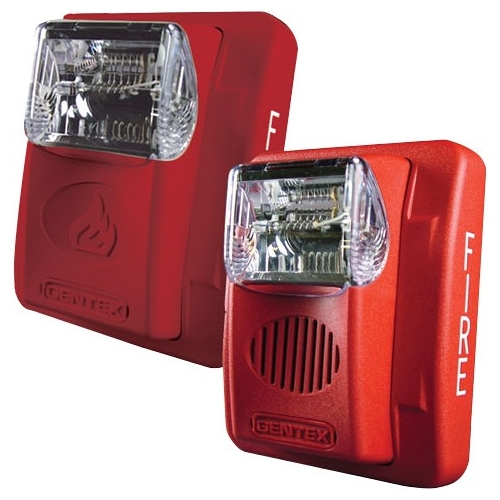
The fire alarm system is monitored by our U.L. Certified Monitoring Command Center and upon detecting an alarm, trouble or supervisory condition, the control panel automatically transmits this information where our trained Dispatchers immediately follow the needed procedures for a proper response. To ensure proper supervision, the system will every 24 hours transmit a special ‘test’ signal to the Central Station receiving computers.

